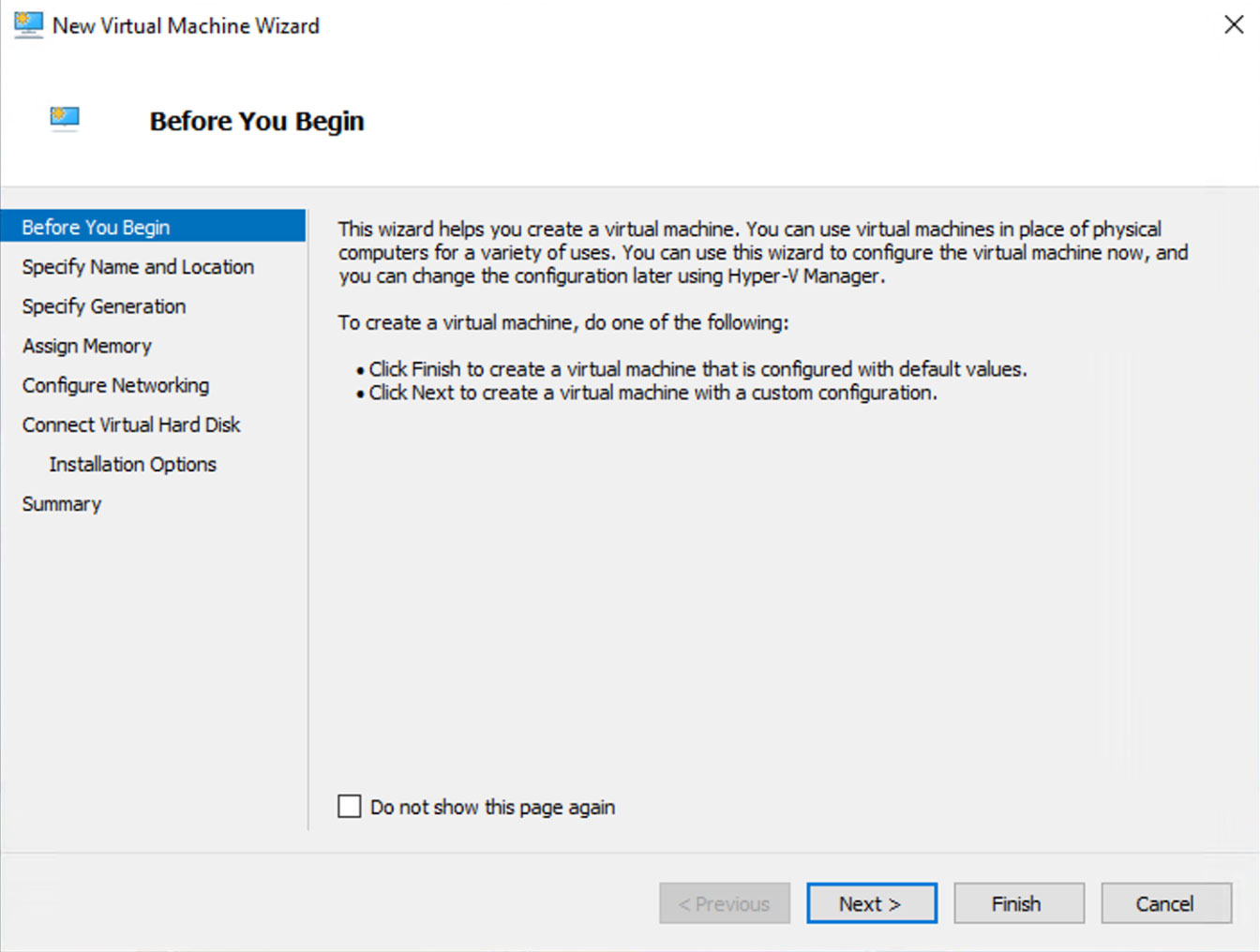

Wherever the API documentation mentions ‘:solution’, use the name of the FileMaker file you want to target. Next, the API calls on ‘auth’ for logins and logouts, ‘record’ for all data manipulations, ‘find’ for searches, and ‘global’ for setting global fields. FileMaker Data API – HTTPS Post MethodĪll requests to the FileMaker Data API will use ‘/fmi/rest/api/”. The documentation shows that we need to use this endpoint (URL) syntax and that it requires the HTTP POST method. It needs to be added as a header to each HTTP request. The token is valid for 15 minutes after your last request.

You then receive a token allowing you to interact with the data. First, you need to do is authenticate, i.e., log in. Let’s look at three of the test requests and see how they work. Login credentials (these are included in the Post tests):.Download the files (includes the Postman collection, FileMaker UI, and the Data).Both have been enabled for the new FileMaker Data API. In addition to the Postman collection, we’ve created two FileMaker files we used for these tests: the UI and the Data. FileMaker Data API – Test Files Download the Demo Files FileMaker Data API Postman Test Figure 4. Each test demonstrates the various actions that the FileMaker Data API allows. You can import this Postman collection once you have the tool installed. The Postman test requests have been saved as a “Postman collection,” which you can download below. It allows you to construct API calls and see what you get back from the web service.
#WHERE DOES FILEMAKER SERVER DOWNLOAD GO FREE#
Postman is a free testing tool our development team uses quite often. For this post, I’ve created a collection of Postman test requests. FileMaker Data API – Get Record Example 1: Authentication This detailed documentation provides good examples of what to send and what you receive in return. Online help for FileMaker Data API is available on the machine where FileMaker Server is installed, at the URL shown below. The web service then replies with a response in the JSON format. The most common header here is the authentication token to prove that you are an authorized user.Īnd finally, a JSON-formatted body contains the data you want to send to your FileMaker app.

The next part of the request is one or more headers.
#WHERE DOES FILEMAKER SERVER DOWNLOAD GO UPDATE#
Then use one of the HTTP methods (verbs) to indicate what your desired action is (GET to retrieve data, POST to create records, PUT to update records, DELETE to delete). You can reach the web service (your FileMaker app) through a URL endpoint that looks something like this: (We’ll explain the structure of this URL later.) It essentially turns your FileMaker app into a web service. It’s a very powerful and welcome addition to the FileMaker product line. Any application or system that can make an HTTP call and works with received JSON data in response can use FileMaker Data API. It’s open to any kind of integration, not just web services. The truth is – it’s even better than that. Its description explains that web services can use it to access FileMaker data. In FileMaker Server 16, under Web Publishing, you will find a brand-new entry called FileMaker Data API.


 0 kommentar(er)
0 kommentar(er)
